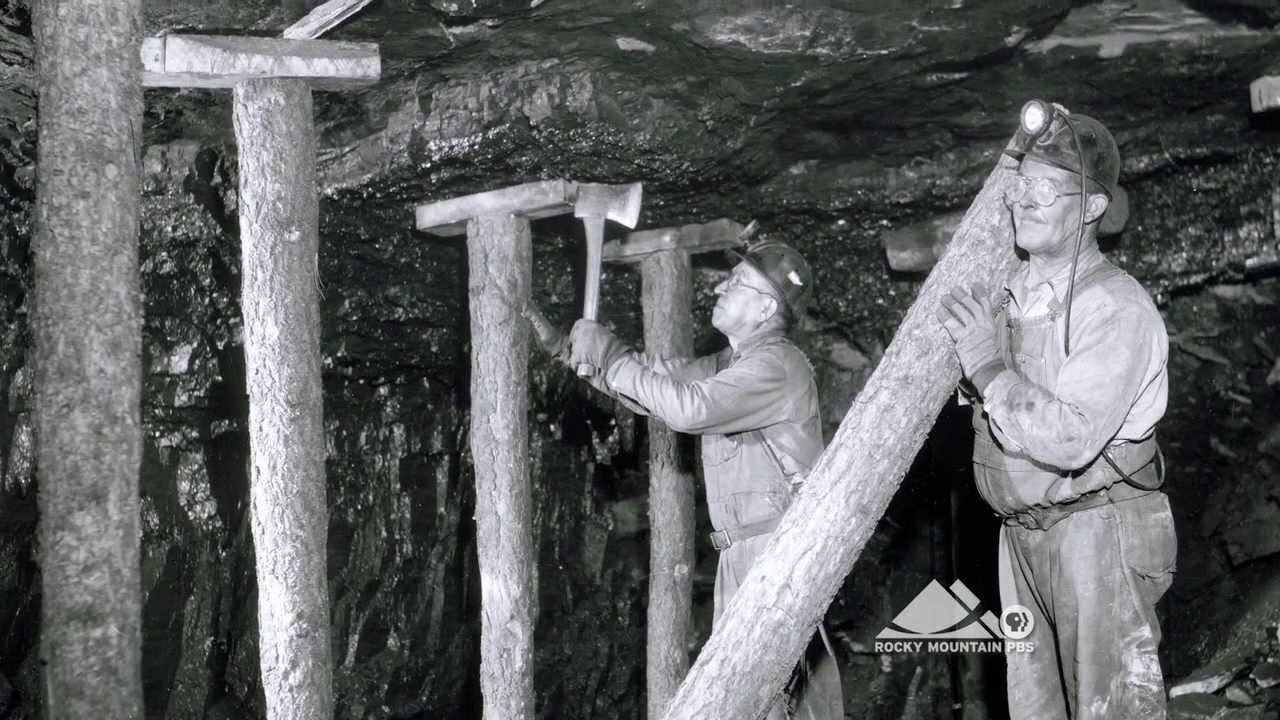One of the most significant events in the struggle for labor laws in America played out in Las Animas County in the spring of 1914. With the control of much of Colorado’s coal mines in the hands of just a few companies, miners grew increasingly intolerant of low wages and dangerous working conditions. Despite efforts to suppress union activity, the United Mine Workers of America called a strike in September of 1913. Over the next few months, tensions escalated as the striking miners ransacked several mines. The dispute culminated in a violent clash on April 20, 1914. Despite this tragic outcome, the event sparked national outrage and led the way of workers’ rights in America.
https://en.wikipedia.org/wiki/Ludlow_Massacre
The massacre was the seminal event of the 1913–1914 Colorado Coalfield War, which began with a general United Mine Workers of America strike against poor labor conditions in CF&I’s southern Colorado coal mines.[8] The strike was organized by miners working for the Rocky Mountain Fuel Company and Victor-American Fuel Company. Ludlow was the deadliest single incident during the Colorado Coalfield War and spurred a ten-day period of heightened violence throughout Colorado. In retaliation for the massacre at Ludlow, bands of armed miners attacked dozens of anti-union establishments, destroying property and engaging in several skirmishes with the Colorado National Guard along a 225-mile (362 km) front from Trinidad to Louisville.[6] From the strike’s beginning in September 1913 to intervention by federal soldiers under President Woodrow Wilson’s orders on April 29, 1914, an estimated 69 to 199 people were killed during the strike. Historian Thomas G. Andrews declared it the “deadliest strike in the history of the United States.”[2]: 1
The Ludlow Massacre was a watershed moment in American labor relations. Socialist historian Howard Zinn described it as “the culminating act of perhaps the most violent struggle between corporate power and laboring men in American history”.[9] Congress responded to public outrage by directing the House Committee on Mines and Mining to investigate the events.[10] Its report, published in 1915, was influential in promoting child labor laws and an eight-hour work day. The Ludlow townsite and the adjacent location of the tent colony, 18 miles (29 km) northwest of Trinidad, Colorado, is now a ghost town. The massacre site is owned by the United Mine Workers of America, which erected a granite monument in memory of those who died that day.[11] The Ludlow tent colony site was designated a National Historic Landmark on January 16, 2009, and dedicated on June 28, 2009.[11] Subsequent investigations immediately following the massacre and modern archeological efforts largely support some of the strikers’ accounts of the event.[12]
During the battle, four women and 11 children hid in a pit beneath one tent, where they were trapped when the tent above them was set on fire. Two of the women and all the children suffocated. These deaths became a rallying cry for the United Mine Workers of America, who called the incident the Ludlow Massacre.[27]
Julia May Courtney reported different numbers in her contemporaneous article “Remember Ludlow!” for the magazine Mother Earth. She said that, in addition to men who were killed, a total of 55 women and children had died in the massacre. According to her account, the militia:
fired the two largest buildings—the strikers’ stores—and going from tent to tent, poured oil on the flimsy structures, setting fire to them. From the blazing tents rushed the women and children, only to be beaten back into the fire by the rain of bullets from the militia. The men rushed to the assistance of their families; and as they did so, they were dropped as the whirring messengers of death sped surely to the mark … into the cellars—the pits of hell under their blazing tents—crept the women and children, less fearful of the smoke and flames than of the nameless horror of the spitting bullets. One man counted the bodies of nine little children, taken from one ashy pit, their tiny fingers burned away as they held to the edge in their struggle to escape … thugs in State uniform hacked at the lifeless forms, in some instances nearly cutting off heads and limbs to show their contempt for the strikers. Fifty-five women and children perished in the fire of the Ludlow tent colony. Relief parties carrying the Red Cross flag were driven back by the gunmen, and for twenty-four hours the bodies lay crisping in the ashes, while rescuers vainly tried to cross the firing line.[28][29]



My Great grandfather had an Uncle who died in the Massacre, if my grandpa was to be believed.